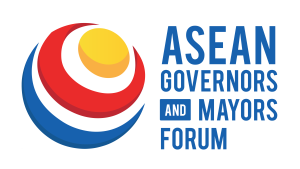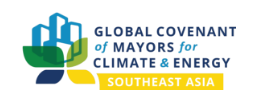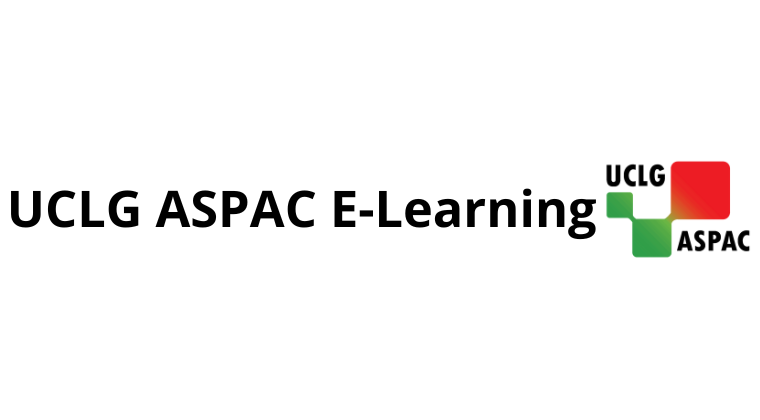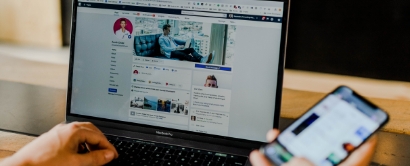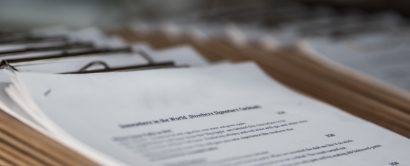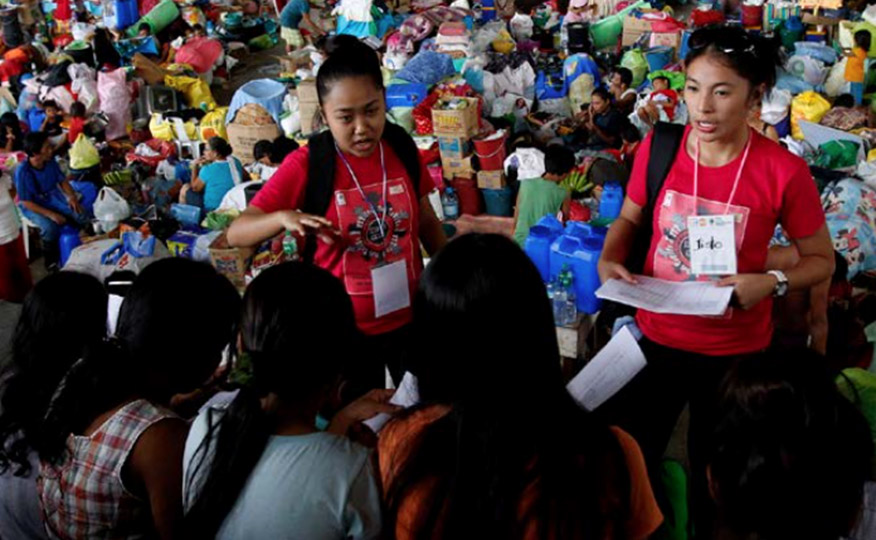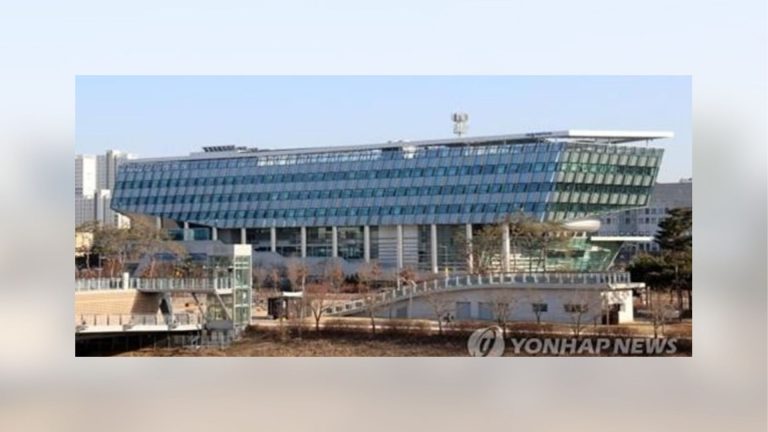Context and Initiative
Various humanitarian organisations in the Philippines, in collaboration with the United Nations Fund for Population Activities (UNFPA), have successfully developed a response initiative to the tropical storm Washi that struck Philippines on 17 December 2011. The disaster caused some 1,200 fatalities and displaced more than half a million people across six regions in the southern part of the country. The initiative positioned young people as active partners in humanitarian response, by becoming youth volunteers who were themselves survivors of the disaster. This initiative helped alleviated the post-disaster impacts that made many young people idle as a result of school disruption. Loss of employment opportunities also exacerbated poverty, prompting women to engage in sex work as a coping mechanism.
This initiative equipped young people with information relating to health and reproductive health topics such as safe motherhood, family planning, sexually transmitted infections and gender-based violence. Training includes various forms of activities covering peer education, data gathering, sharing sessions with pregnant/lactating women and other women/girls of reproductive age on reproductive health subjects and orientation on adolescent sexual and reproductive health in emergencies.
Youth volunteers conducted awareness-raising and health information sharing sessions, distributed dignity kits and teen kits, set up women-friendly spaces, designed peer education sessions with young people and supported updating of the humanitarian response database.
Results
- Distribution of dignity and hygiene kits to 18,434 women and adolescent girls
- Distribution of teen hygiene kits to 2,494 adolescents and youth
- Provision of health services to 3,000 pregnant women; 2,362 lactating women; 3,396 family planning users; adolescent girls included
- Reached out 1,967 pregnant and lactating adolescent girls and young women up to age 24 and provided additional 2,000 young people with teen kits

